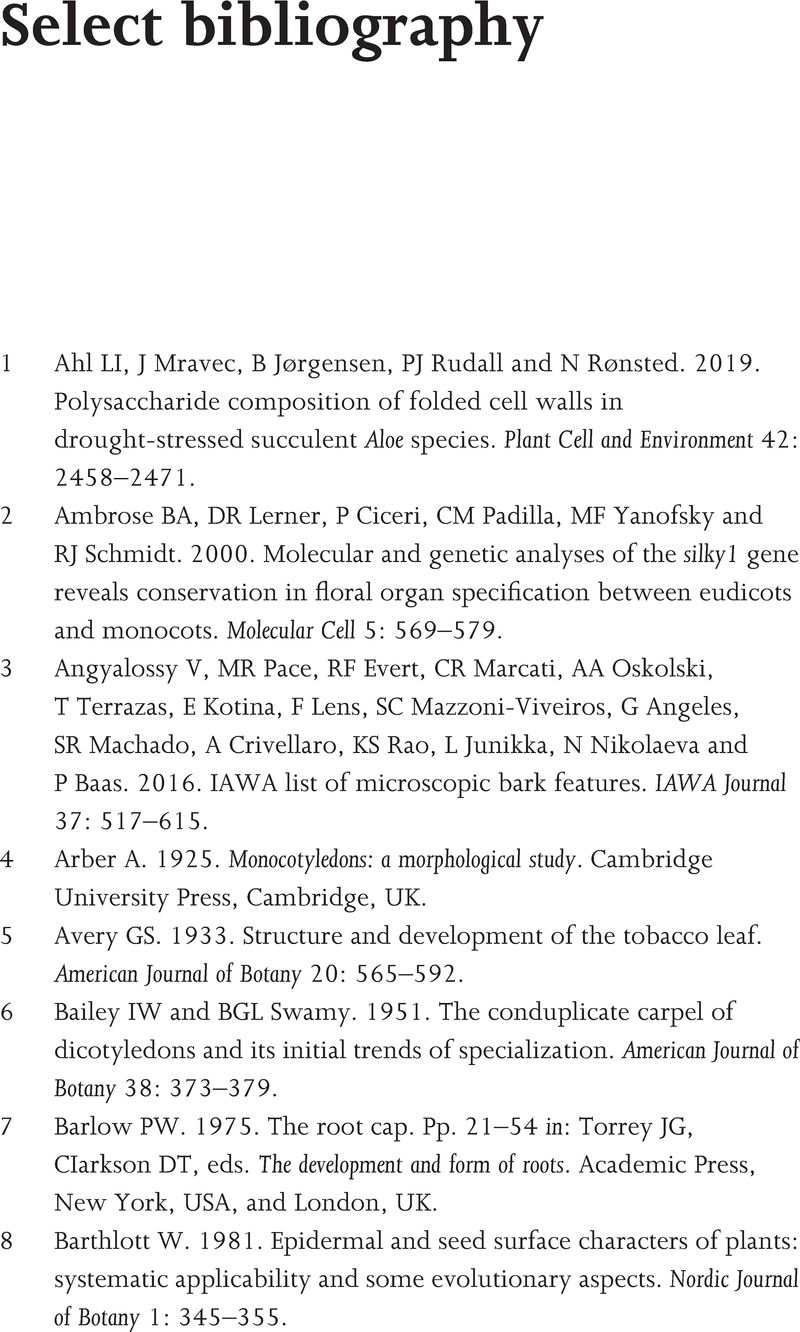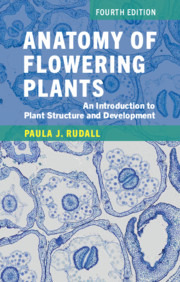Select bibliography
Published online by Cambridge University Press: 02 November 2020
Summary

- Type
- Chapter
- Information
- Anatomy of Flowering PlantsAn Introduction to Plant Structure and Development, pp. 122 - 134Publisher: Cambridge University PressPrint publication year: 2020



